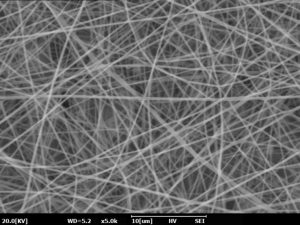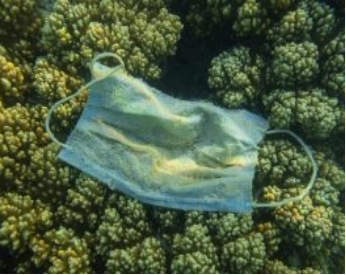News
Site Editor
 Site
https://mbrfilter.usa18.wondercdn.com/uploads/image/6073ff602f8d2.png
Site
https://mbrfilter.usa18.wondercdn.com/uploads/image/6073ff602f8d2.png
Pollution preventing biodegradable nanofiber filtrating media: An alternative for Personal Protective Equipment (PPE) amidst the COVID 19 Pandemic.
Views: 522
Author: Site Editor
Publish Time: 2023-04-20
Origin: Site
Introduction:
With the advent of the COVID-19 crisis, the utilization of personal protective equipment (PPE) sky-rocketed. PPE can refer to type of attire worn for protection against different kinds of safety hazards. In the COVID-19 case, the PPE are masks and gloves meant to shield end-users from the novel corona-virus. As the infection rates grew rapidly so did the frequency of mask usage. This resulted in the accumulation of disposable masks as waste adding to pollution. This environmental pollution increased to such an extent that masks are now being found in the ocean, negatively effecting marine life. More details can be found in this article:

mage credit: Andriy Nekrasov / Shutterstock
Key points:
l The COVID-19 pandemic has made it essential to wear masks in public. This has resulted in an increase of used masks accumulating in the environment and escalating the plastic pollution.
l Nanofibers are functional materials that filter out viruses and other pathogens and are consequently used in suitable protective face masks.
l Nanofibers can be made by electrospinning polymers. Electrospinning bio-degradable polymers allow us to develop a filtering mask layer that can decompose over time. Hence, solving the issue of polluting the environment without having to stop using masks.
l These nanofiber face masks can be manufactured with industrial-scale electrospinning units, such as the Inovenso Stream-Spinner which is found to be quite adept at producing biodegradable nanofiber scaffolds in large-scale amounts.

Image credit: Inovenso SEM Hoscop
Nanofibers for Face Masks:
The corona-virus has made its impact in everyday life and masks have become somewhat of a necessity in order to prevent the spread. The question now is, what takes precedence? Minimizing the use of masks in order to stop this growing pollution or continue wearing masks to combat the spread of COVID-19. Fortunately, nanotechnology provides a desirable answer that allows continual implementation of masks without the cost of being detrimental to the environment. N95 and N99 face-masks that filter harmful pollutants, can be made with nanofibers. These nanofibers are made of polymeric materials and act as a ‘sieve’ to stop pathogens from entering the end-user’s respiratory tract. Electrospinning is a popular mechanism that synthesizes these layers of nanofibers. Which is a process that electro-statically charges polymeric solutions and convert them into solid nanofiber scaffolds. Due to their nanoscale fiber diameters, porosity, and large surface area to volume ratio, nanofiber materials can function as excellent air filters.
Article Source:https://www.inovenso.com/pollution-preventing-biodegradable-nanofiber

